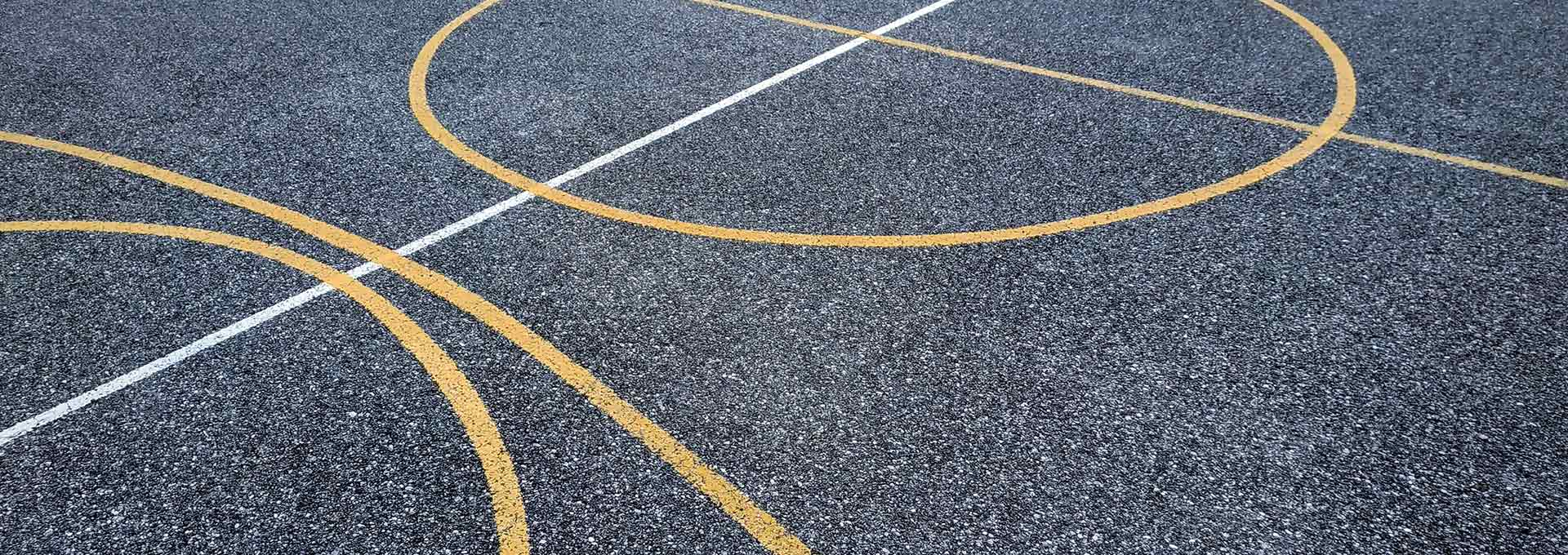
Resources
Seed Grant Awardee: Hyunglae Lee
Hyunglae Lee (video) | School of Engineering of Matter, Transport and Energy
Vision for 2036: With advancement of sensor, actuator, and control systems in footwear technology, we envision that wearing transformable smart shoes will be quite common in 2036. These shoes will have unique capabilities of (i) tracking foot-ankle mechanics in real-time during physical activities, and (ii) adaptively transforming the shape and mechanical properties of the shoes in a task-dependent manner. This innovation will allow us to achieve two paramount goals in sports activities: maximizing performance and minimizing the risk of injuries.
Objective: In the previous (2018; Phase I) and current (2019; Phase II) funding cycles of the GSI seed grant, we have successfully characterized foot-ankle mechanics during various postural balance and walking tasks (Phase I) and constructed simple yet competent biomechanics-based models (Phase II). Building upon these accomplishments, this proposal aims to design and control a soft active ankle brace that is capable of adaptively changing its mechanical properties, in particular, stiffness at the ankle joint, in a task-dependent manner (2020; Phase III).
Significance and Impact: The soft active ankle brace is an integrated sensing and actuation unit which senses the changes in foot-ankle mechanics during physical activities in real-time and actively changes the brace stiffness to support the ankle as needed. Since this unit will be a key component of the transformable smart shoes, successful completion of this research will provide the basis for the successful development of transformable smart shoes. This innovation will not only impact current best practices in footwear design, but also revolutionize and benefit wearable devices and robots in many fields, with clinical, industrial, and military applications.
Last Updated February 2020.